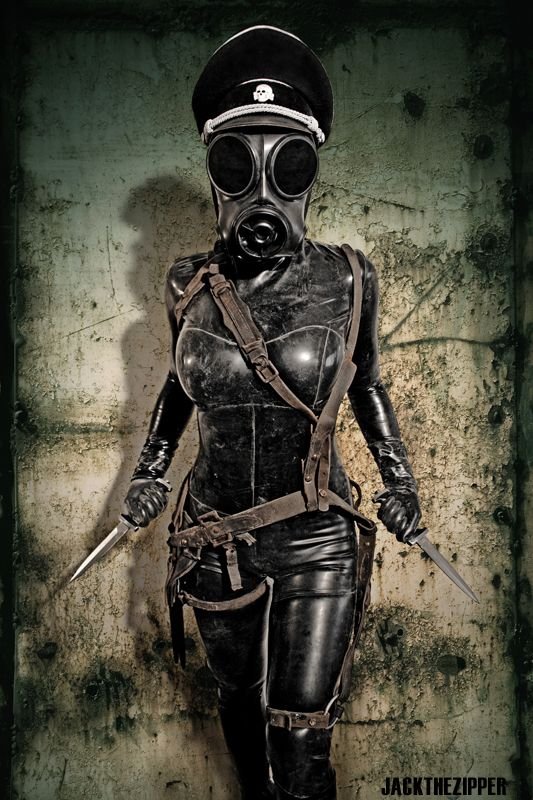
Dieselpunk is a genre similar to that of its more well-known cousin "steampunk" that combines the aesthetics of the diesel-based technology of the interwar period through to the 1950s with retro-futuristic technology and postmodern sensibilities. Coined in 2001 by game designer Lewis Pollak to describe his role-playing game Children of the Sun, the term has since been applied to a variety of visual art, music, motion pictures, fiction, and engineering.
The name "dieselpunk" is a derivative of the 1980s science fiction genre cyberpunk, and is used to represent the time period - or "era" - from the interwar period until the 1950s, when diesel-based locomotion was the main technological focus of Western culture. The "-punk" suffix attached to the name is representative of the counterculture nature of the genre with regards to its opposition to contemporary aesthetics. The term also refers to the tongue-in-cheek name given to a similar cyberpunk derivative, "steampunk," which focuses on science fiction based on industrial steam power and which is often set within the Victorian era.
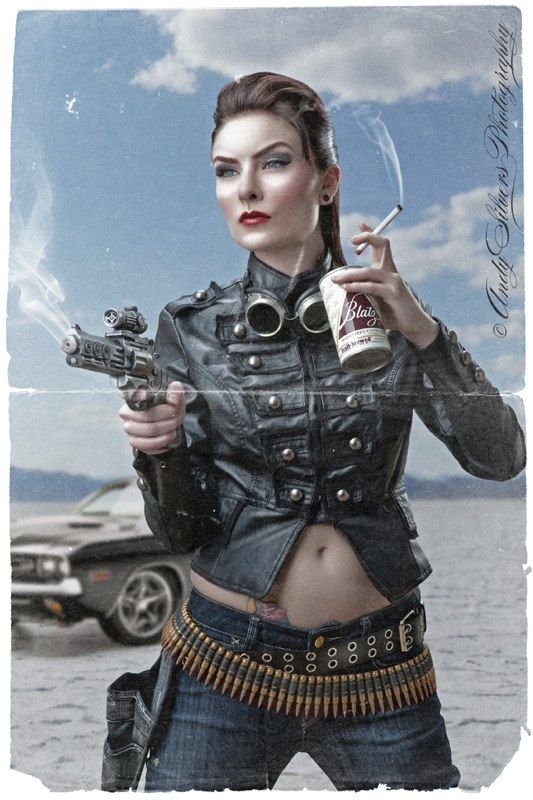
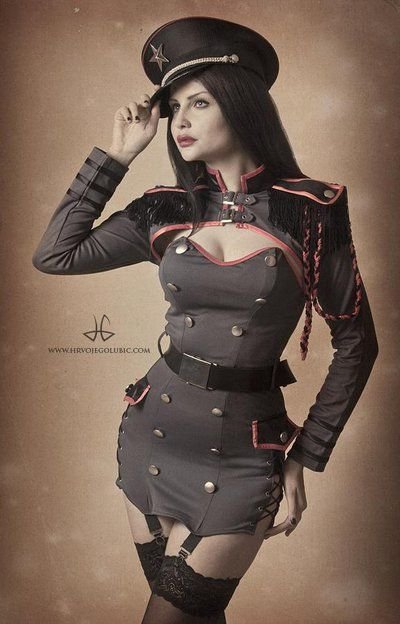
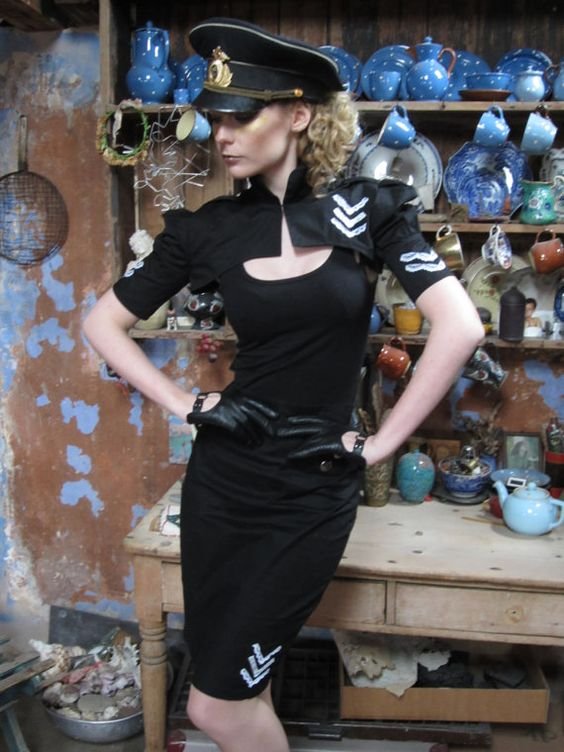
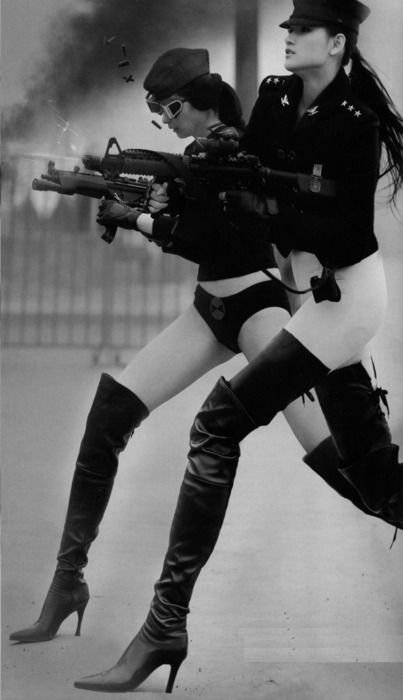
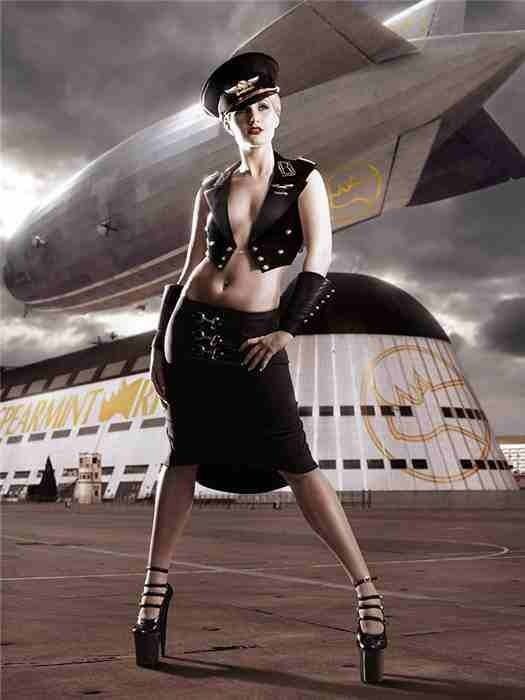
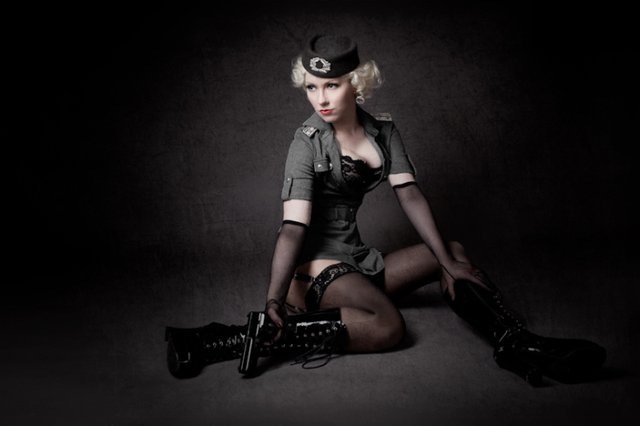
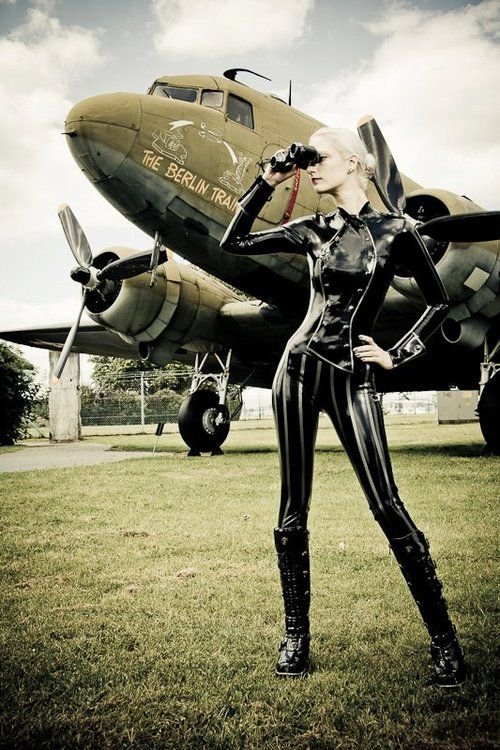
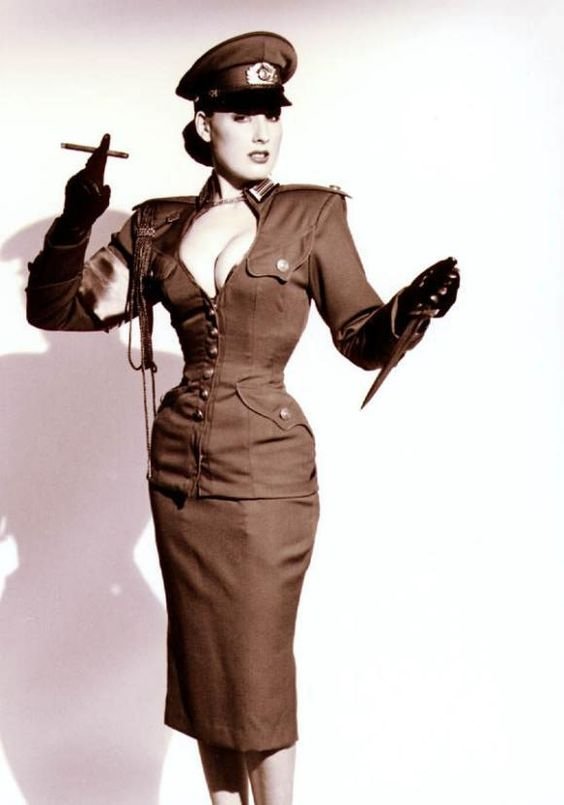
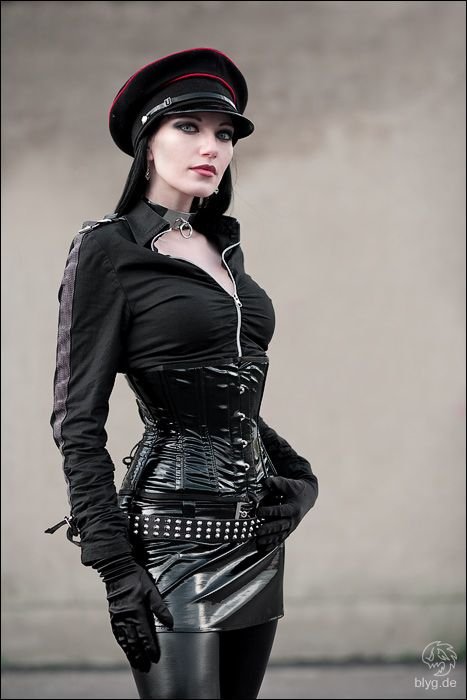
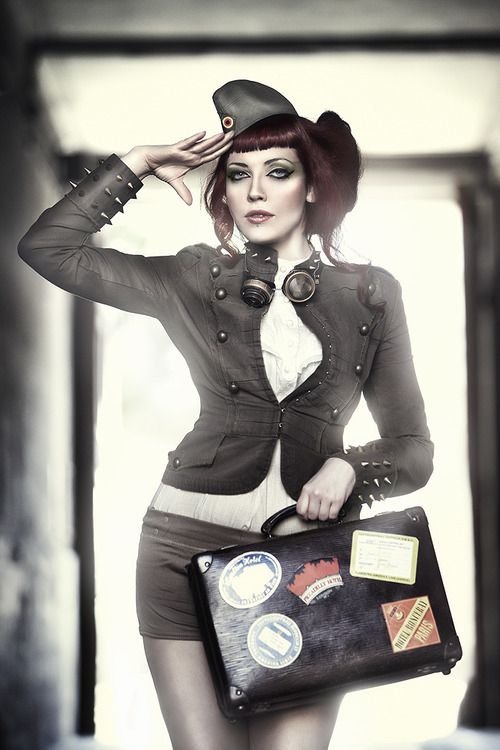
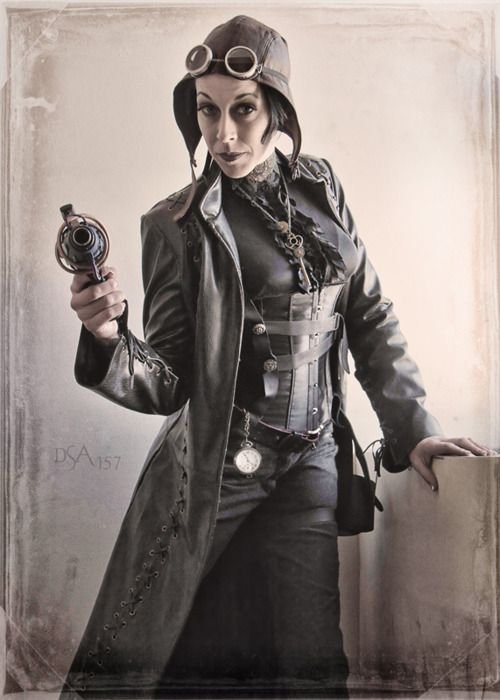
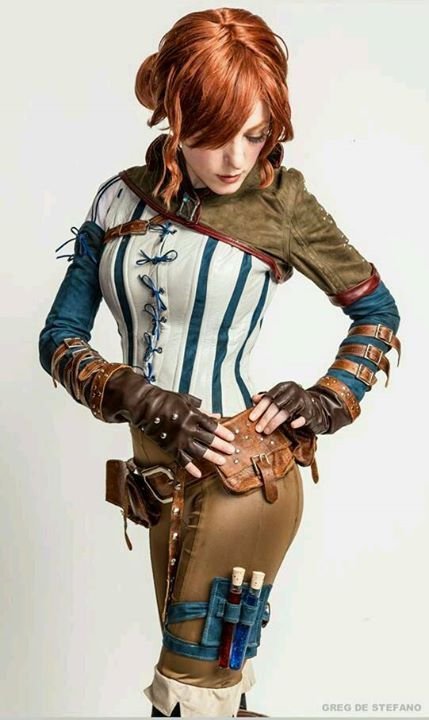
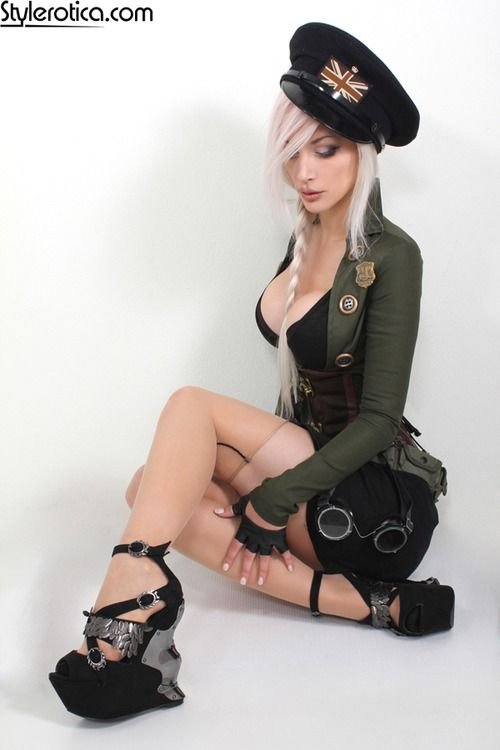
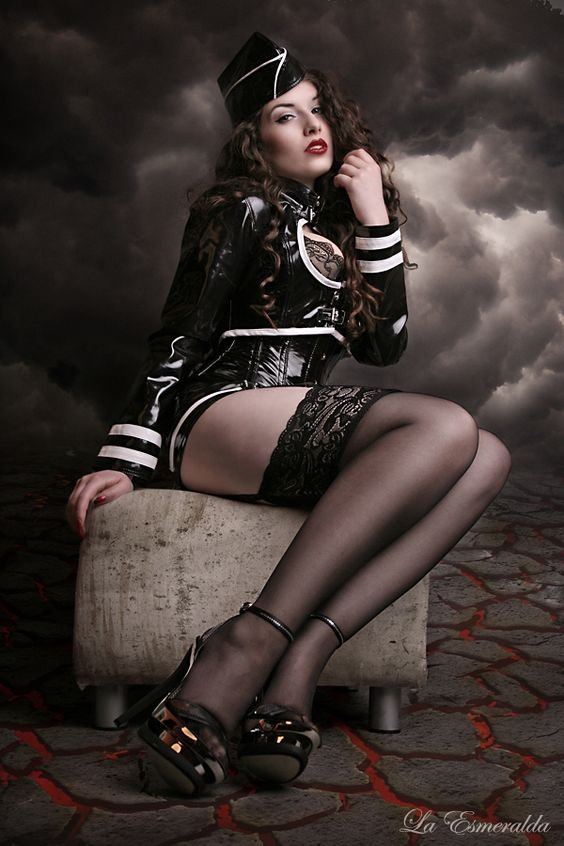
Oh yes, dieselpunk, another great genre.
Downvoting a post can decrease pending rewards and make it less visible. Common reasons:
Submit
Hi! I am a content-detection robot. This post is to help manual curators; I have NOT flagged you.
Here is similar content:
http://www.englishbmt.com/go/r/en.wikipedia.org/wiki/Dieselpunk
Downvoting a post can decrease pending rewards and make it less visible. Common reasons:
Submit
Nice! Especially pleasing are the old-style stewardess outfits; couture long abandoned and widely missed. :)
Come to think of it, did Mad Men ever make it hipstery to wear grey-flannel suits? Effectively, if not quite technically, the early-Draper look would fall into the Dieselpunk timeframe.
Downvoting a post can decrease pending rewards and make it less visible. Common reasons:
Submit
Love it
Downvoting a post can decrease pending rewards and make it less visible. Common reasons:
Submit
Thanks for this post.
Some of these illustrations impress me. I don't know if there's a convenient way to link to specific examples, but I'm going to try.
Let me start of with:
The model really nailed her expression. If this were a stage play, I would say this actress has "stage presence." Not only does she make the audience look at her, she makes the audience look at her and imagine her as a character.
The very artistic painting, apparently by Andy SIlvers, is sufficiently good at the details that I don't notice a lot of the inconsistencies:

The overall presentation makes it look like a 1940s pulp novel cover, which I assume is exactly the effect that the artist wanted. A lot of the details synergize at first glance: the bare midriff, the car in the background, the make-up suggesting lower-class status. Other details don't merge smoothly: the belt of machine-gun cartridges doesn't make sense, and the revolver seems to have a .22 barrel, out of line with its .38 cylinder. But the overall effect is so striking that it comes together and inspires before I notice any niggling inconsistencies.
The flip side is this following image:

The model is doing her best, but the costume takes away from the total effect. The heavy-metal spikes don't contribute to my suspension of disbelief. The technical details might be excellent, but I don't believe in this character. The inconsistencies are minor, but somehow I don't believe in the story this image is telling.
Downvoting a post can decrease pending rewards and make it less visible. Common reasons:
Submit